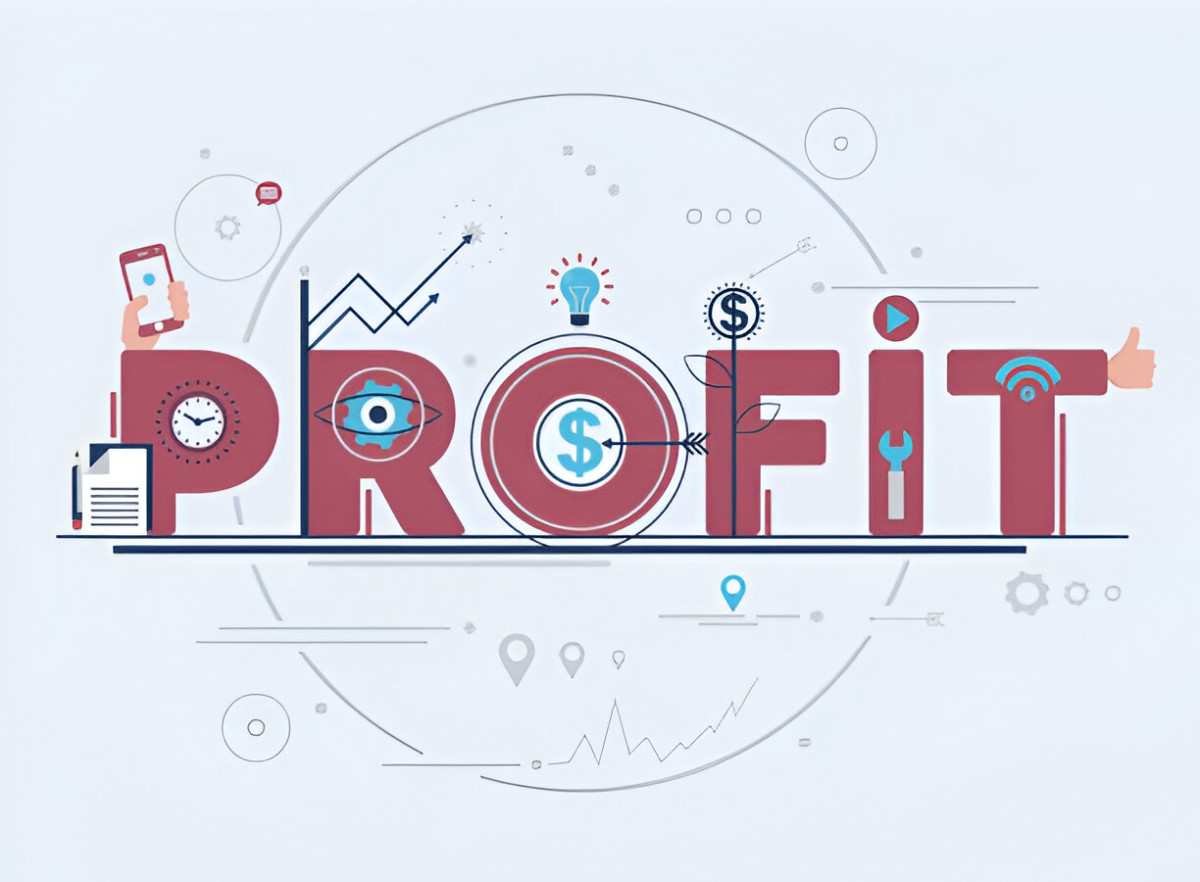Introduction
I often find that businesses struggle to identify which parts of their operations generate the most profit. Some departments or product lines contribute more than others, yet without proper analysis, companies may misallocate resources. This is where profit centers come into play. A profit center is a distinct unit within a business that directly adds to the company’s profitability. Unlike cost centers, which only incur expenses, profit centers both generate revenue and incur costs. Understanding them helps businesses optimize performance.
Table of Contents
What Is a Profit Center?
A profit center operates as a semi-autonomous segment of a business. It has its own revenue streams and expenses, allowing managers to assess its profitability independently. Examples include:
- A retail store within a chain
- A product line in a manufacturing firm
- A regional sales division
Profit centers differ from cost centers (like HR or IT) because they directly contribute to earnings. The goal is to evaluate each unit’s financial performance and make data-driven decisions.
Why Profit Centers Matter
Businesses use profit centers to:
- Improve Accountability – Managers of profit centers are responsible for their unit’s financial health.
- Enhance Decision-Making – By tracking profitability, firms allocate resources more efficiently.
- Identify Underperformers – Weak profit centers can be restructured or discontinued.
Measuring Profit Center Performance
To evaluate a profit center, I rely on key financial metrics:
1. Gross Profit
Gross profit measures revenue minus direct costs (like materials and labor). The formula is:
Gross\ Profit = Revenue - Cost\ of\ Goods\ Sold\ (COGS)Example: If a product line generates $500,000 in revenue with $300,000 in COGS, its gross profit is $200,000.
2. Operating Profit
This includes indirect costs like marketing and administration:
Operating\ Profit = Gross\ Profit - Operating\ ExpensesExample: If the same product line has $50,000 in operating expenses, its operating profit is $150,000.
3. Net Profit Margin
This shows profitability as a percentage of revenue:
Net\ Profit\ Margin = \left( \frac{Net\ Profit}{Revenue} \right) \times 100A higher margin indicates better efficiency.
4. Return on Investment (ROI)
ROI measures how effectively a profit center uses capital:
ROI = \left( \frac{Net\ Profit}{Investment} \right) \times 100Example: If a division earns $100,000 net profit from a $500,000 investment, its ROI is 20%.
Comparing Profit Centers
Not all profit centers perform equally. A comparison helps identify top performers.
| Profit Center | Revenue | COGS | Gross Profit | Operating Expenses | Net Profit |
|---|---|---|---|---|---|
| Product A | $500,000 | $300,000 | $200,000 | $50,000 | $150,000 |
| Product B | $300,000 | $150,000 | $150,000 | $100,000 | $50,000 |
| Service Division | $200,000 | $50,000 | $150,000 | $30,000 | $120,000 |
From this table, Product A and the Service Division have strong net profits, while Product B lags.
Strategies to Maximize Profit Center Returns
1. Cost Control
Reducing unnecessary expenses improves margins. I recommend:
- Negotiating better supplier deals
- Automating repetitive tasks
- Eliminating inefficiencies
2. Revenue Growth
Increasing sales is straightforward but requires strategy:
- Expanding into new markets
- Upselling to existing customers
- Improving product differentiation
3. Performance Incentives
Aligning manager bonuses with profit center performance drives better results.
4. Regular Audits
Reviewing financial statements quarterly helps spot trends early.
Challenges in Managing Profit Centers
While useful, profit centers have drawbacks:
- Interdepartmental Conflicts – Some units may compete for resources.
- Overhead Allocation Issues – Indirect costs (like corporate HR) can be hard to assign fairly.
- Short-Term Focus – Managers may prioritize immediate profits over long-term growth.
Real-World Example: Retail Chain Profit Centers
Consider a national retail chain with multiple stores. Each store is a profit center.
- Store A (Urban Location): High revenue but also high rent and labor costs.
- Store B (Suburban Location): Moderate revenue with lower operating costs.
By comparing their net profit margins, the company may decide to expand suburban stores while optimizing urban ones.
Mathematical Optimization: Break-Even Analysis
A useful tool is break-even analysis, which determines the sales needed to cover costs:
Break-Even\ Point\ (Units) = \frac{Fixed\ Costs}{Selling\ Price\ per\ Unit - Variable\ Cost\ per\ Unit}Example: If fixed costs are $100,000, the selling price is $50, and variable costs are $30, the break-even point is:
\frac{100,000}{50 - 30} = 5,000\ unitsThis helps set realistic sales targets.
Conclusion
Profit centers provide clarity in business operations. By treating each unit as an independent profit generator, companies make better strategic decisions. I recommend regular financial reviews, cost optimization, and performance-based incentives to maximize returns.





